Talc - the Soapstone
Although most mineral collectors are not attracted by talc, it is still an interesting mineral. It has set of quite unique physical properties, which create endless options for various industrial applications.
Structure of Talc
The composition of talc is Mg3(Si4O10)(OH)2. The only common substitution is small amount of Fe and Al replacing Mg. The replacement of Si by Al is very limited. Talc has a triclinic crystal system but some monoclinic polytypes also exist. It belongs to phyllosilicates and the talc-pyrophyllite group. The internal microstructure is layered and the layers have zero valence - that means that the layers are kept together only by very poor van der Waals bonds. This is the primary reason for the softness and perfect cleavage of talc.
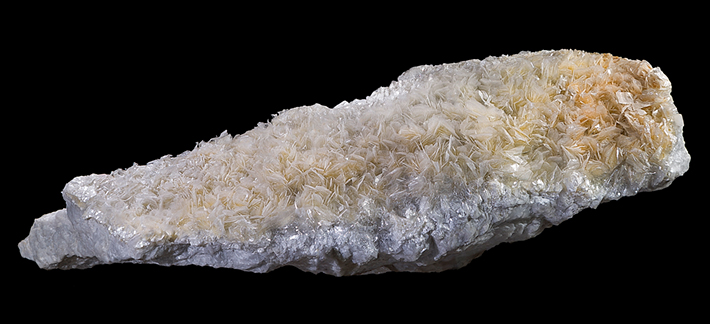
Most of the time, talc occurs in a foliated form, hundreds of very small, leaf-shaped crystals combine into larger sheets or plates. It may also occur in masses that are micaceous in nature; this means that they are compact and flat, and have layers that may be easily peeled apart. Other talc masses may be botryoidal, radiating, or fibrous. Very rarely, talc may form tiny tabular crystals.
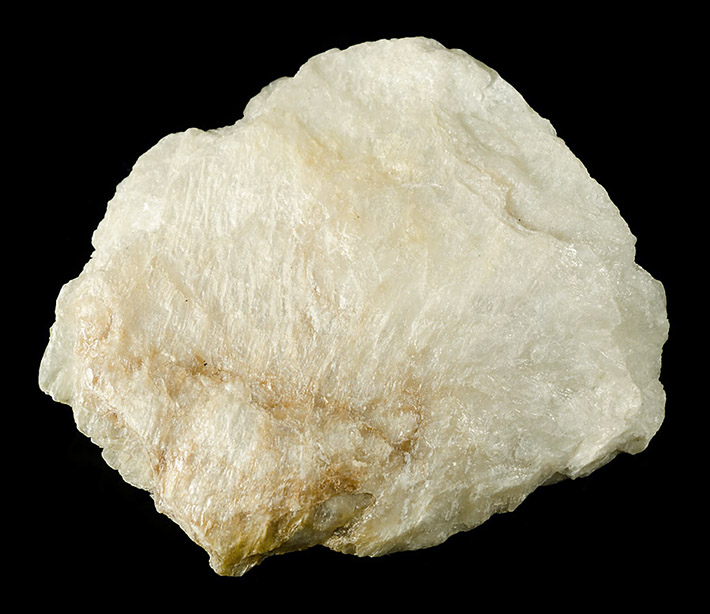
Physical Properties of Talc
Talc is usually white, light gray or very pale green. But it may occur in a variety of pale colors, including gray, yellow, beige, brown, purple, pink, green, and blue. It may present a very slight fluorescence, in some instances, and it shows a white streak.
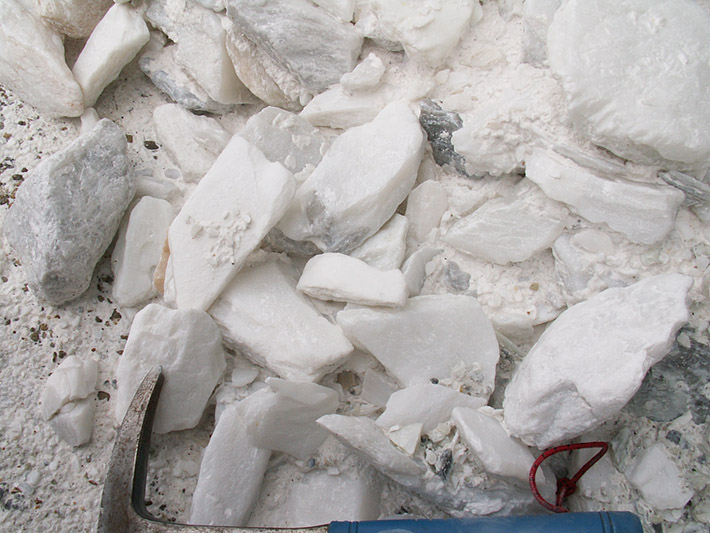
When broken, talc shows an uneven fracture. Talc is very soft and registers at only 1 on the Mohs scale of hardness. Even a fingernail can easily scratch the surface of this mineral. Because of its extreme softness, it often has a greasy, almost oily surface. Talc has a pearl or greasy luster and is very resistant to chemicals, including strong mineral acids.
The low hardness level of talc also allows it to be crushed with ease. Talc is commonly used in talcum powder, which serves as an inert filling in paper, plastic or even medicine pills. It is also present in electronics and paint, because it is resistant to both electricity and high levels of heat. It is used in heat resistant devices in metallurgy, glass production and labs.
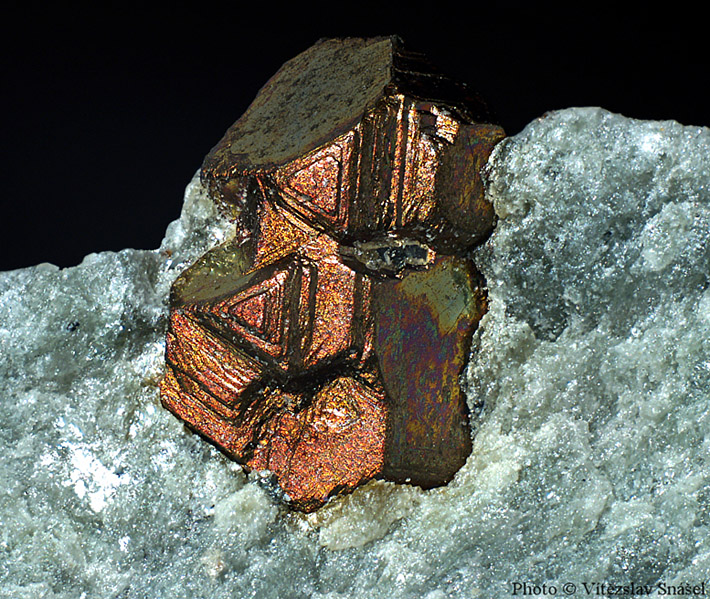
Massive talc may be used in the carving of figures and statues, because it is easy to sculpt. Talc was very popular in the ancient times for carving statues, vases, urns, pots and many other things. The massive (often pale green) form with chlorite and pyroxene inclusions is known as soapstone. However, soapstone may be also composed of pyrophyllite or its mixture with talc.
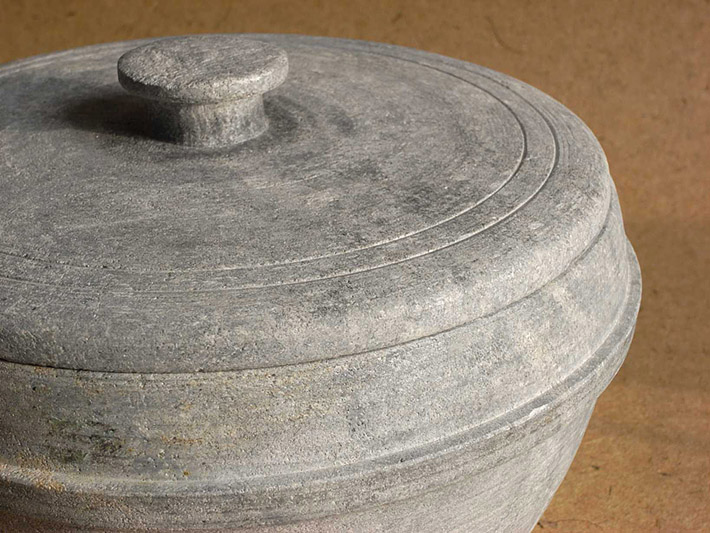
Occurrence and Origin
Talc originates by alteration of ultrabasic rocks with olivine and pyroxenes, especially serpentinites. It can also form by the metamorphosis of ultrabasic rocks or dolomites. Hydrothermal talc is much less common.
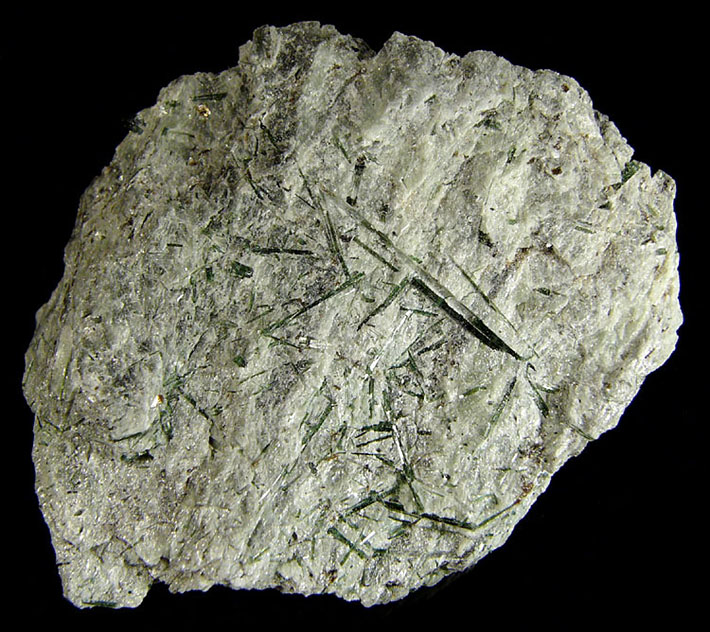
Although talc can be found the world over, microscopic talc crystals may be found in Brosso, Italy, and Luzenac, France. Talc with nice pyrite and actinolite crystals occurs in Habachtal, Austria. Pseudomorphs of talc from quartz can be found in Bavaria, Germany. Brumado, Brazil is known for its quality talc, and green talc crystals can be found at the Vermont Verde Antique Quarry in Vermont, in the United States. Chester and Ludlow, two other mining locations in Vermont, are home to talc deposits as well, and the Serpentine Belt between Maryland and Pennsylvania boasts excellent talc specimens. White talc with black manganese inclusions grows in Madison County, Montana.





Comments